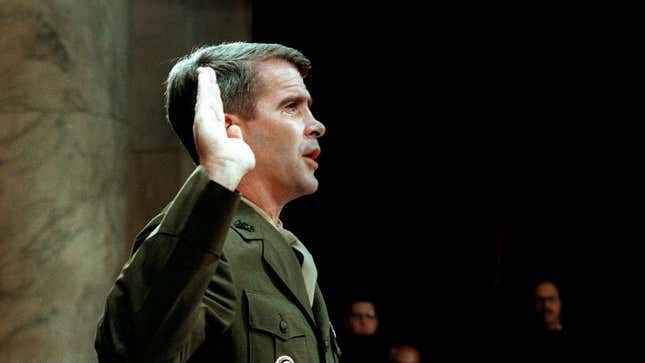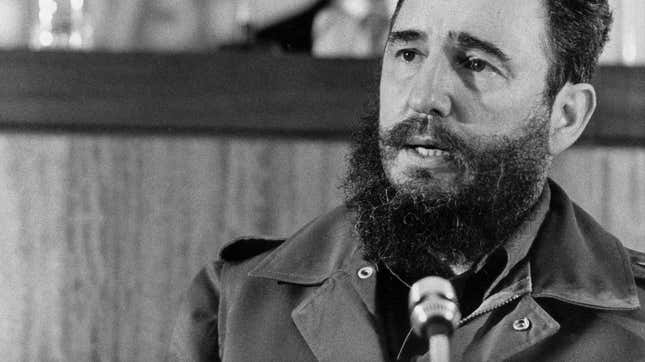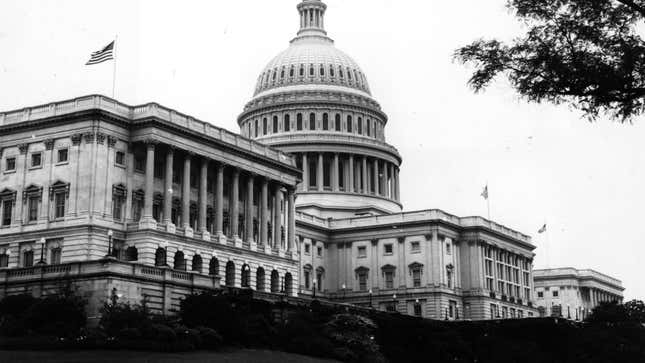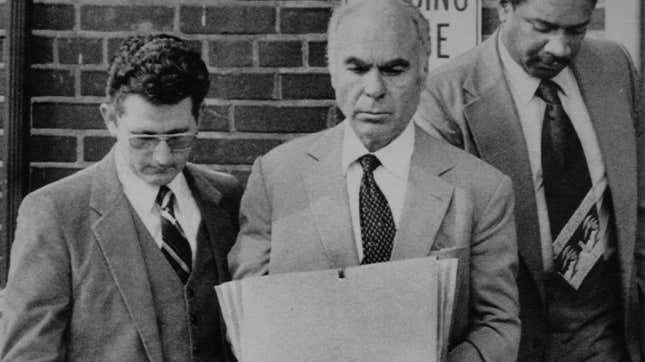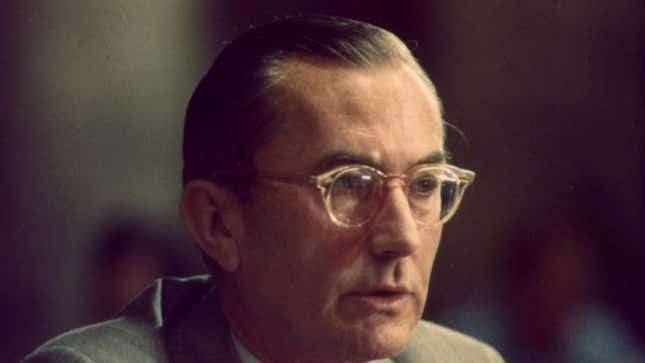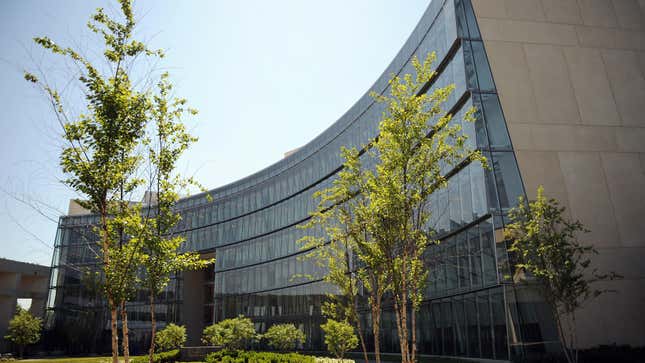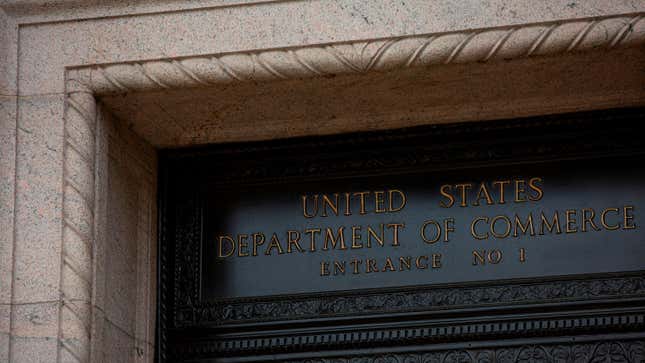The Bank of Credit and Commerce International, or BCCI, was a Pakistani bank established in 1972. However, the bank came to be known by its nickname, the “Bank of Crooks and Criminals,” due to its penchant for shady clients. During the decades after its founding, BCCI became a global hub for illicit activity and housed accounts for pretty much every kind of unsavory personage you could think of: drug traffickers, terrorists, and foreign spies all called it home. Who else had an account there? Our friendly neighborhood intelligence agency, the CIA!
Being a BCCI client turned out to be not a great look for the agency, after American journalists caught wind of all the malfeasance going on at the bank—of which there was a lot. In their 1993 book on the scandal, journalists Jonathan Beatty and S.C. Gwynne wrote that...
BCCI was the largest criminal corporate enterprise ever, the biggest Ponzi scheme, the most pervasive money-laundering operation in history, the only bank—so far as anyone knows—that ran a brisk sideline business in both conventional and nuclear weapons, gold, drugs, turnkey mercenary armies, intelligence and counterintelligence, shipping, and commodities from cement in the Middle East to Honduran coffee to Vietnamese beans.
While the CIA admitted to having a relationship with BCCI, it claimed that their usage of the financial institution was totally above board. But rumors swirled at the time that the agency had actually used the bank for pretty creepy stuff. A Washington Post story from the period notes:
Lurid rumors and allegations have suggested that the agency used the bank for covert operations, secret deals and even unauthorized “off-the-shelf” dirty trick schemes which could be perpetrated without repercussions for the agency by using a “black network” of thugs and assassins run out of the bank’s head office in Pakistan.
Again, just rumors! As with much of the Iran-Contra allegations, the nature of the agency’s real relationship with the bank is something that will probably never be known.
